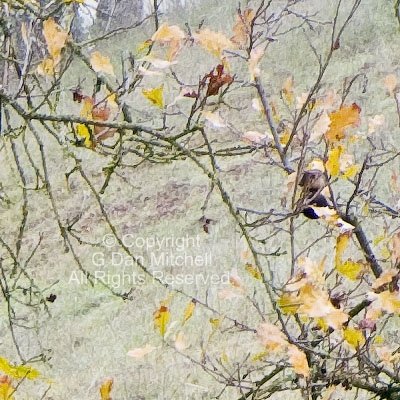This is by no means a complete list, but inspired by seeing one of these oddities in a post earlier today I thought I’d write it up.
- “Unboxing videos” of new cameras. Why would someone make a 5 or 10 minute video of the act of opening the box that their new camera came in and then lovingly taking out… the manual, the USB cables, the styrofoam inserts, the warranty card, and on and on and on – often with narration and sometimes even background music. Do people actually watch these?
- Spending thousands and thousands of dollars on “the best” camera, lens, etc. when one isn’t really a photographer and doesn’t really make photographs all that much and perhaps only shares the odd jpg or letter size print with friends and family.
- Getting caught up in the “brand wars” between manufacturers like Nikon and Canon. They both make really, really fine equipment. Both are used by a lot of excellent photographers. Really wonderful photographs are produced using both systems every day.
- Assuming that there is only one best “whatever” in photography. There is no such thing as “The Best… camera, lens, tripod, photographer, memory card, place to shoot, time of day to shoot, filter, brand, store, paper…” First, there are many good versions of each. Second, what is best for one person may not be best for another.
- Obsessing over very tiny and insignificant equipment “flaws” or differences. The classic is, of course, choosing a less functional lens over a more functional lens because the less functional lens might measure .001% better resolution at 100% magnification on the test bench. Related are obsessions over very tiny differences in noise in digital cameras, concern about small difference in camera burst rate, worry that your lens might vignette some…
- Thinking that you have to “take a position” on zooms versus primes. (Zooms and primes are both great, and you have my permission to use both… ;-)
- Secret shooting locations – unless the area is fragile and too much use would damage it, if ten good photographers shoot it you’ll get ten different interpretations.
Anyone else?

